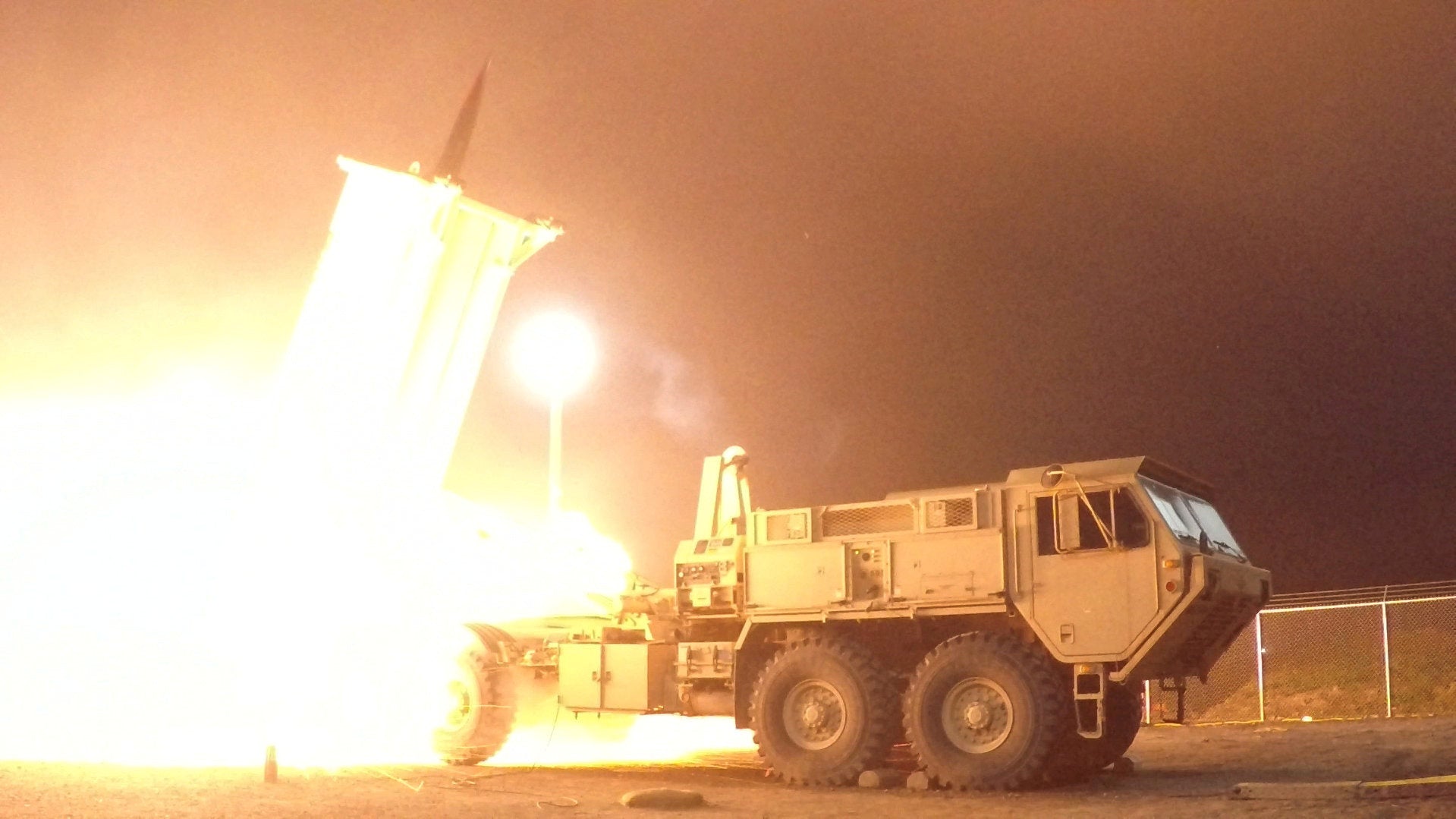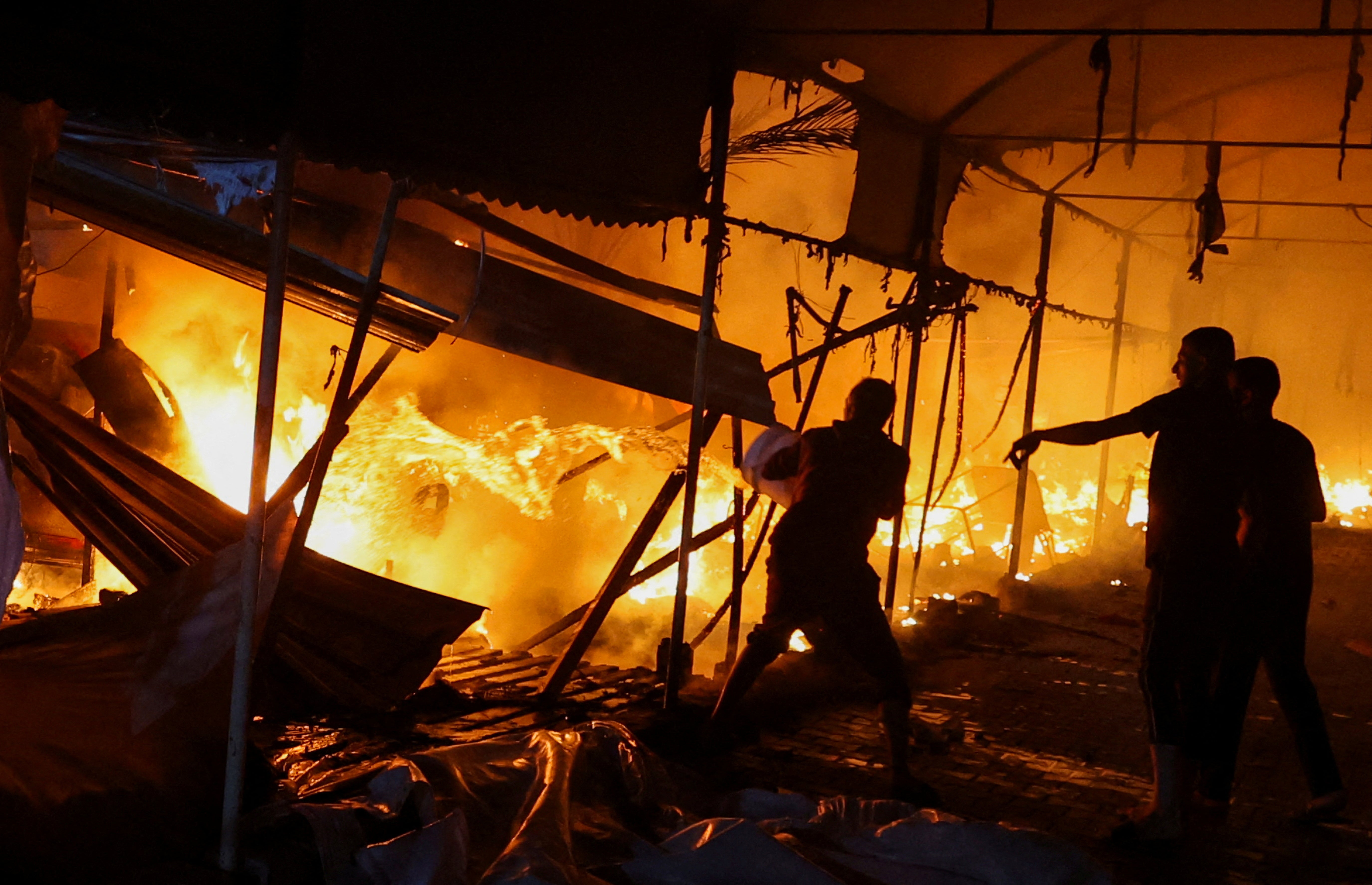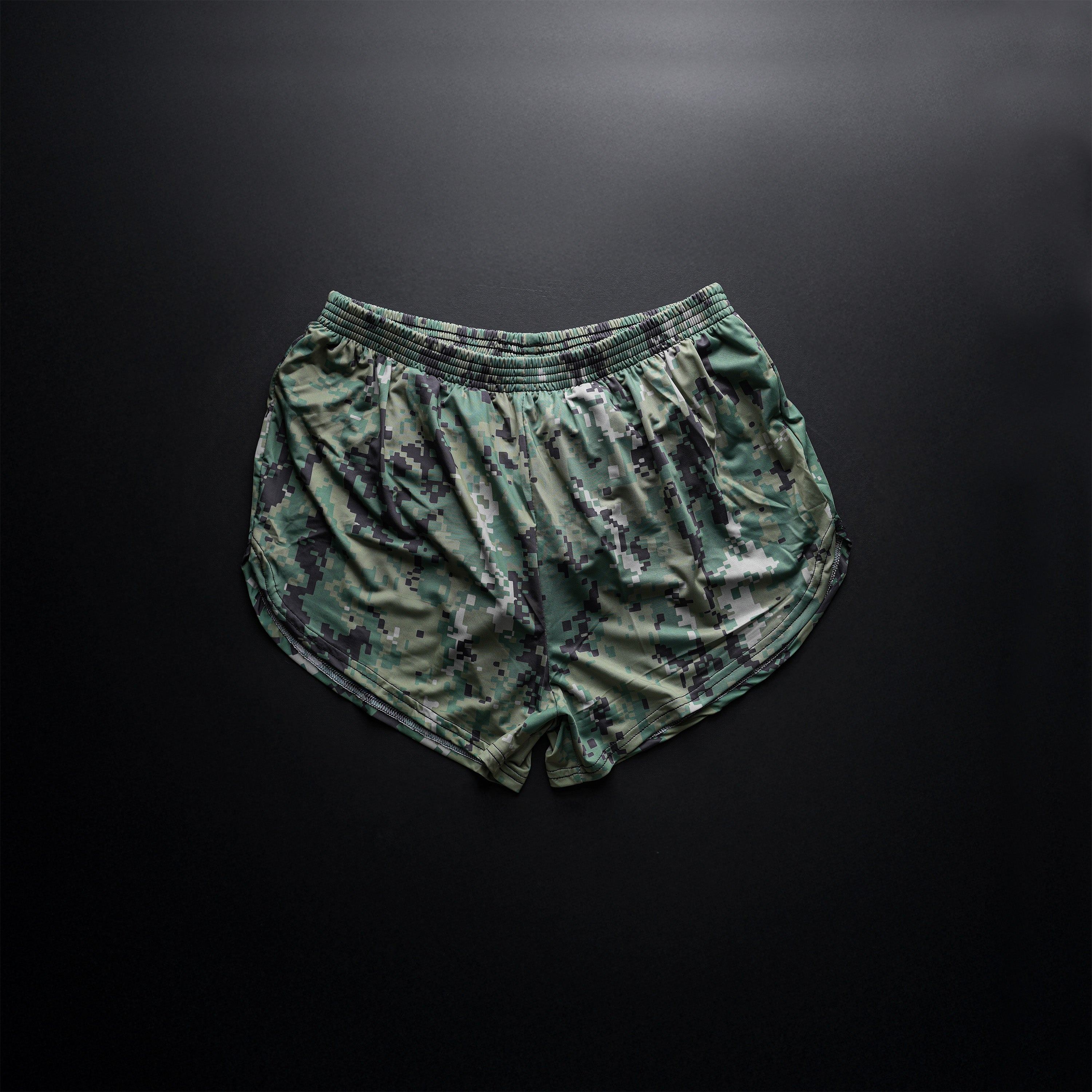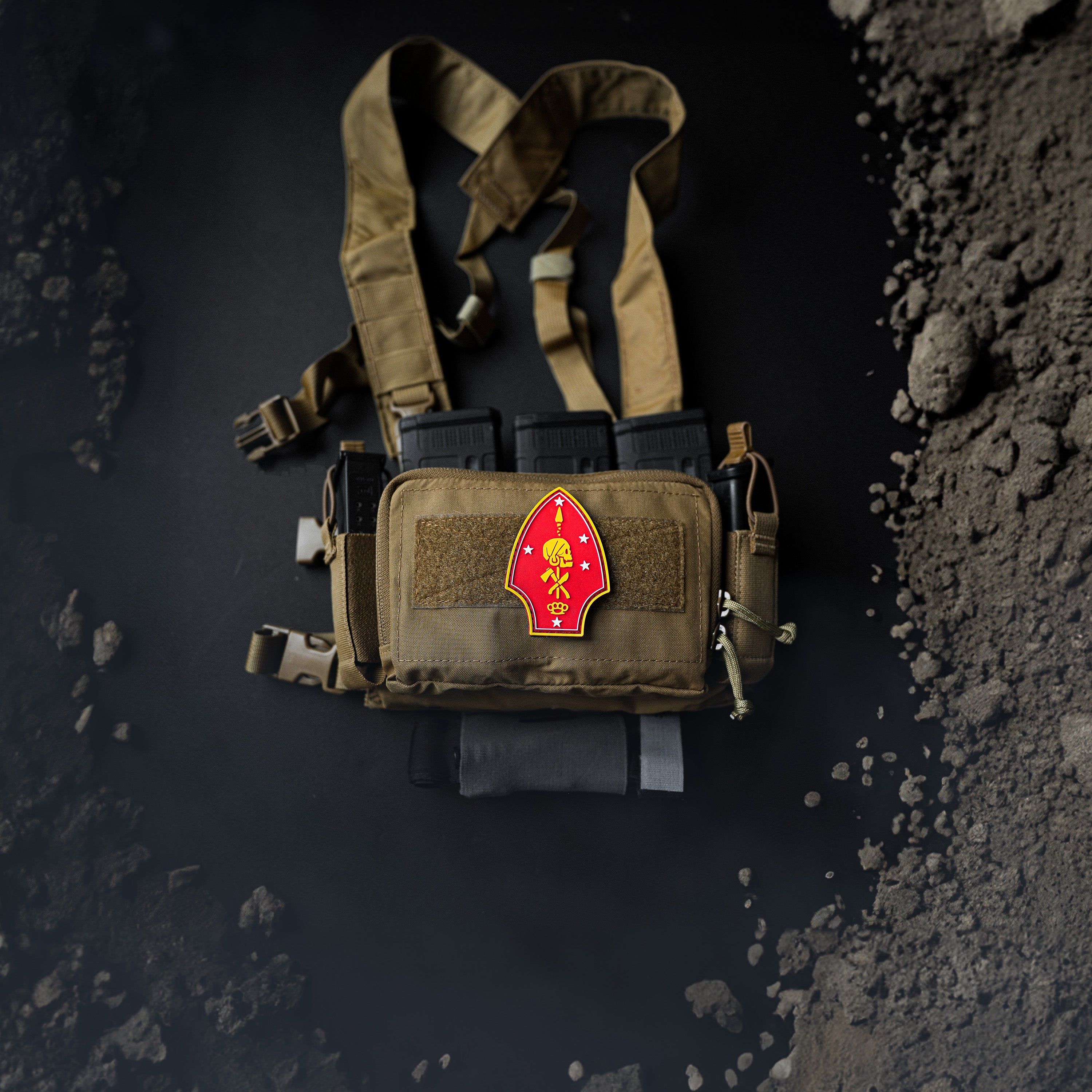
US to send anti-missile system with troops to Israel, Pentagon says
PHOTO CAPTION: THAAD interceptor, Kodiak, Alaska, July 30, 2017. Courtesy Leah Garton/Missile Defense Agency/Handout via REUTERS
By Phil Stewart, Jasper Ward
WASHINGTON (Reuters) -The United States said on Sunday it will send U.S. troops to Israel along with an advanced U.S. anti-missile system, in a highly unusual deployment meant to bolster the country's air defenses following missile attacks by Iran.
U.S. President Joe Biden said the move was meant "to defend Israel," which is weighing an expected retaliation against Iran after Tehran fired more than 180 missiles at Israel on Oct 1.
The United States has been privately urging Israel to calibrate its response to avoid triggering a broader war in the Middle East, officials say, with Biden publicly voicing his opposition to an Israeli attack on Iran's nuclear sites and his concerns about a strike on Iran's energy infrastructure.
Pentagon spokesperson Major General Patrick Ryder described the deployment as part of "the broader adjustments the U.S. military has made in recent months" to support Israel and defend U.S. personnel from attacks by Iran and Iranian-backed groups.
But a U.S. military deployment to Israel is rare outside of drills, given Israel's own military capabilities. U.S. troops in recent months have aided Israel's defense from warships and fighter jets in the Middle East when it came under Iranian attack.
But they were based outside of Israel.
The Terminal High Altitude Area Defense system, or THAAD, is a critical part of the U.S. military's layered air defense systems and adds to Israel's already formidable anti-missile defenses.
A THAAD battery usually requires about 100 troops to operate. It counts six truck mounted launchers, with eight interceptors on each launcher, and a powerful radar.
Iran's Foreign Minister Abbas Araqchi warned earlier on Sunday that the United States was putting the lives of its troops "at risk by deploying them to operate U.S. missile systems in Israel."
"While we have made tremendous efforts in recent days to contain an all-out war in our region, I say it clearly that we have no red lines in defending our people and interests," Araqchi posted on X.
Still, experts say Iran has sought to avoid a direct war with the United States, making deployment of U.S. forces to Israel another factor in its calculus going forward.
Iran launched missiles and drones at Israel in April. Then on Oct. 1, Iran fired more than 180 ballistic missiles at Israel amid another escalation in fighting between Israel and Iran-backed Hezbollah in Lebanon. Many were intercepted in flight but some penetrated missile defenses.
U.S. officials did not say how quickly the system would be deployed to Israel.
The Pentagon said a THAAD was deployed to southern Israel for drills in 2019, the last and only time it was known to be there.
Lockheed Martin, the biggest U.S. arms maker, builds and integrates the THAAD system, which is designed to shoot down short-, medium- and intermediate-range ballistic missiles. Raytheon, under RTX, builds its advanced radar.
(Reporting by Jasper Ward and Phil Stewart; Writing by Phil Stewart, Michelle Nichols and Andrea Ricci; editing by Diane Craft)










